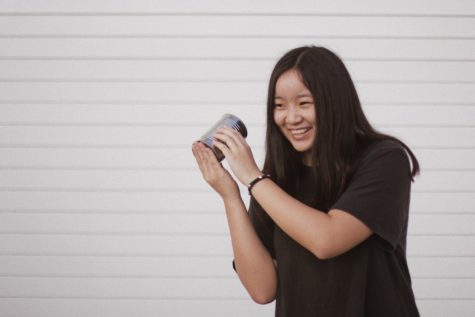First Image of Black Hole Attracts Public Interest
Produced by the Event Horizon Telescope on April 10, a golden ring where the event horizon is surrounds the silhouette of a black hole in the center.
Astronomers took the first image of a black hole in Messier 87 (M87) on April 10, achieving a new astronomical advancement by capturing what astronomers thought was unseeable.
M87 is in the constellation Virgo, approximately 55 million light-years from Earth, according to the New York Times.
The black hole’s mass is 6.5 million times that of the Sun, capable of engulfing entire clusters of stars, planets and other matter. Even light cannot escape its gravitational pull.
Beginning in April 2017, the Event Horizon Telescope (EHT), consisting of eight telescopes, shipped data to two central processing facilities: the MIT Haystack Observatory and the Max Planck Institute for Radio Astronomy, according to the American Astronomical Society.
Named after the black hole boundary where it retrieved its data, each EHT telescope collected information about the edge of the black hole and cloud dust.
“By using telescopes all over the world and combining their data, we can create an Earth-sized virtual telescope,” physics teacher and astronomy enthusiast John Olivares said. “To get a picture like this, you need the cooperation of many observatories all over the world, including one at the South Pole, and you need a lot of computational power to combine all of their data.”
Since a black hole is a completely dark space object that visible light cannot capture, the black hole’s shadow is the closest to what astronomers can currently attain of an image of a black hole itself.
“If immersed in a bright region, like a disc of glowing gas, we expect a black hole to create a dark region similar to a shadow: something predicted by Einstein’s general relativity that we’ve never seen before,” EHT science council Heino Falcke said in an interview with EHT.
Four teams of scientists, including Dr. Katie Bouman, were responsible for interpreting the data from the EHT into a coherent image using an advanced coded algorithm.
“The team collected about five petabytes of data, and one petabyte is a thousand terabytes,” Bouman said in an interview with CNBC. “Your typical computer has maybe one terabyte or so. So that would be like 5,000 typical laptops of data. We basically had to freeze light onto these hard drives.”
After the initial image, Bouman and her team attempted to verify their discoveries to eliminate any human bias. Without finding any flaws, these scientists released the image to the public.
Your donation will support the student journalists of Portola High School. Your contribution will allow us to purchase equipment and cover our annual website hosting costs.

Jane Zou is a staff writer and resident cartoonist for the Portola Pilot. As one of the few sophomores in the production, Jane is excited to contribute...




